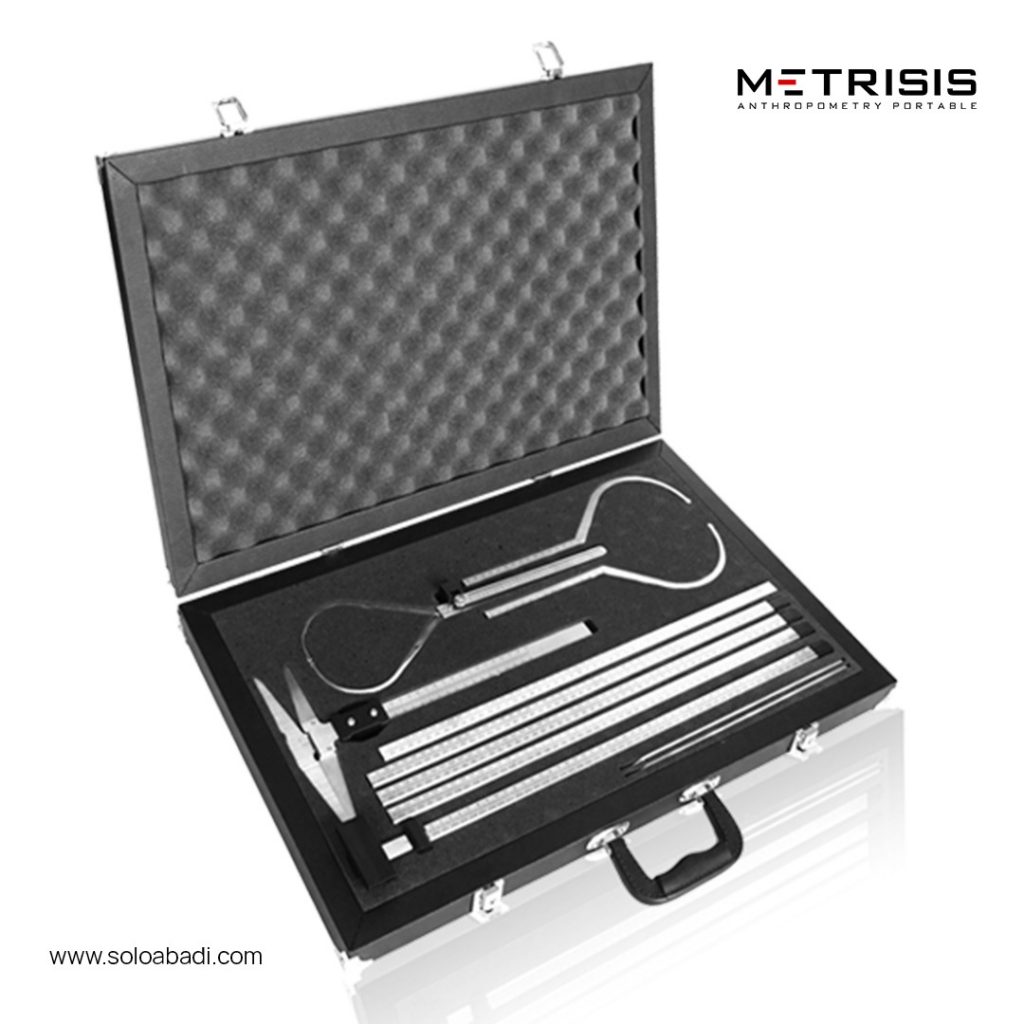Transportation has become an essential need for human daily activities, whether it’s public or private transportation. One of the most popular modes of transportation is the car. When discussing this means of transportation, comfort is a key advantage of using a car. In this article, we aim to provide information about car seat design, which is a crucial component in prioritizing comfort. In the modern world of transportation, car seat design isn’t solely based on visual aesthetics or physical structure.
Ergonomic seat design plays a pivotal role in ensuring a comfortable and safe driving experience for users and passengers alike. Considering that cars are vehicles with high mobility, understanding ergonomics and applying it to car seat design becomes highly important.
When we speak of ergonomics, we cannot help but delve into another field known as anthropometry. In this discussion, we will delve into the role of anthropometry in designing ergonomic car seats.

Ergonomics in Car Seat Design
Ergonomics is the science that studies the interaction between humans and their environment, with a focus on designing the physical, cognitive, and emotional characteristics of humans. The principles of ergonomics are also applied in the design of car seats.
Designers create car seats to offer drivers and passengers optimal comfort, adjustability, and safety. Nevertheless, ergonomic seat design also considers visual aesthetics while taking into account how the seats interact with the human body during use.
The application of ergonomic principles in car seat design emphasizes three main pillars, including:
1. Comfort
Comfort can be achieved by considering several elements in product design. Additionally, these elements include appropriate cushioning, adequate ventilation, and more.
2. Adjustability
Applying ergonomic principles requires adaptability, meaning that car seats should be adjustable to accommodate various body postures of drivers and passengers. This includes the ability to adjust seat height, recline angle, and other factors to suit individual preferences. Moreover, these adjustments enhance the overall ergonomic experience.
3. Safety
Lastly, to apply ergonomic principles in product design, safety factors must be considered. Safety in this context refers to seat designs that can protect the body from injury during collisions or emergency situations.
The Importance of Ergonomic Aspects
Ergonomically designed car seats can have a significant impact on health and the driving experience. By prioritizing ergonomic principles, you can reduce the risk of injuries and fatigue while driving. Furthermore, the use of high-quality materials in seat design also contributes to comfort.
Materials that conform well to the body’s contours and can regulate body temperature will make drivers and passengers feel more comfortable during journeys.
In addition to health aspects, ergonomically designed car seats also have a positive impact on the overall driving experience. Achieving ergonomic principles in car seat design can further encourage passengers to focus more on the journey without distractions from physical discomfort and stay more concentrated while driving.
Understanding Anthropometry
Anthropometry is a science related to measuring human body dimensions, including bones, muscles, and adipose tissue or fat. Anthropometry is used in various aspects such as space design, product manufacturing, health, and more.
In the field of ergonomics, anthropometric measurements are essential. Consequently, when designing a car seat, it is necessary to consider various body dimensions related to driving activities. So, how is anthropometric measurement implemented in car seat design?
This article will discuss the anthropometric data required for designing a car seat.
Implementation of Anthropometry in Car Seat Design
In the design of car seat design, anthropometric data serves as a crucial foundation to achieve comfort and meet ergonomic principles. Car designers utilize anthropometric data from various user groups, including different age ranges, genders, and ethnicities, to create seats suitable for as many individuals as possible.
The importance of adjusting seat dimensions and shapes to accommodate various body sizes must be proportional. Every person has different body proportions, and seats that are too large or too small can result in discomfort and even the risk of injury. By using anthropometric data, designers can adjust seat dimensions to fit the variations in body dimensions.




Anthropometric Measurement Tools
To maximize anthropometric measurements in the design of car seats, accurate and adequate equipment is necessary. You can utilize various measuring tools to determine and calculate human body measurements. One of them is the use of anthropometric measurement tools that cover all dimensions of the body from head to toe.
Solo Abadi is one of the manufacturing companies that provides anthropometric measurement tool products. Additionally, two types of anthropometric measurement tools, namely portable anthropometry and anthropometric chairs, meet your needs.
Portable Anthropometry
Portable anthropometry is a tool used to measure human body dimensions. This tool contains several instruments that can be used for measurements. In fact, this tool is capable of measuring 100 human body dimensions. Another advantage of this tool is its portability, making it easy to carry anywhere.
Anthropometric Chairs
Another tool capable of measuring the human body is the anthropometric chair. The function of this tool is to measure the 34 dimensions of the human body. This tool has 3 stages in the measurement process, which are standing, sitting, and facial area.
For further information about Solo Abadi’s anthropometric measurement tool products, you can contact Solo Abadi via WhatsApp or visit our website at SOLO ABADI. Get our products now by clicking the “ASK FOR PRICE” links for portable anthropometry and anthropometric chairs to receive the highest quality products from us.








